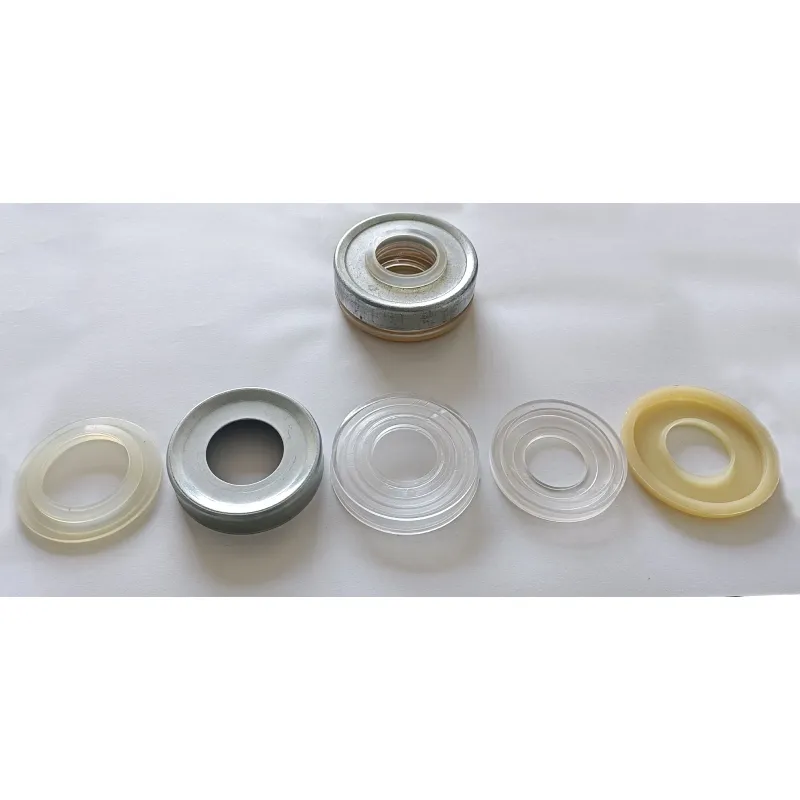 Afrikaans
Afrikaans  Albanian
Albanian  Amharic
Amharic  Arabic
Arabic  Armenian
Armenian  Azerbaijani
Azerbaijani  Basque
Basque  Belarusian
Belarusian  Bengali
Bengali  Bosnian
Bosnian  Bulgarian
Bulgarian  Catalan
Catalan  Cebuano
Cebuano  Corsican
Corsican  Croatian
Croatian  Czech
Czech  Danish
Danish  Dutch
Dutch  English
English  Esperanto
Esperanto  Estonian
Estonian  Finnish
Finnish  French
French  Frisian
Frisian  Galician
Galician  Georgian
Georgian  German
German  Greek
Greek  Gujarati
Gujarati  Haitian Creole
Haitian Creole  hausa
hausa  hawaiian
hawaiian  Hebrew
Hebrew  Hindi
Hindi  Miao
Miao  Hungarian
Hungarian  Icelandic
Icelandic  igbo
igbo  Indonesian
Indonesian  irish
irish  Italian
Italian  Japanese
Japanese  Javanese
Javanese  Kannada
Kannada  kazakh
kazakh  Khmer
Khmer  Rwandese
Rwandese  Korean
Korean  Kurdish
Kurdish  Kyrgyz
Kyrgyz  Lao
Lao  Latin
Latin  Latvian
Latvian  Lithuanian
Lithuanian  Luxembourgish
Luxembourgish  Macedonian
Macedonian  Malgashi
Malgashi  Malay
Malay  Malayalam
Malayalam  Maltese
Maltese  Maori
Maori  Marathi
Marathi  Mongolian
Mongolian  Myanmar
Myanmar  Nepali
Nepali  Norwegian
Norwegian  Norwegian
Norwegian  Occitan
Occitan  Pashto
Pashto  Persian
Persian  Polish
Polish  Portuguese
Portuguese  Punjabi
Punjabi  Romanian
Romanian  Russian
Russian  Samoan
Samoan  Scottish Gaelic
Scottish Gaelic  Serbian
Serbian  Sesotho
Sesotho  Shona
Shona  Sindhi
Sindhi  Sinhala
Sinhala  Slovak
Slovak  Slovenian
Slovenian  Somali
Somali  Spanish
Spanish  Sundanese
Sundanese  Swahili
Swahili  Swedish
Swedish  Tagalog
Tagalog  Tajik
Tajik  Tamil
Tamil  Tatar
Tatar  Telugu
Telugu  Thai
Thai  Turkish
Turkish  Turkmen
Turkmen  Ukrainian
Ukrainian  Urdu
Urdu  Uighur
Uighur  Uzbek
Uzbek  Vietnamese
Vietnamese  Welsh
Welsh  Bantu
Bantu  Yiddish
Yiddish  Yoruba
Yoruba  Zulu
Zulu troughing roller
The Role of Troughing Rollers in Bulk Material Handling
In the dynamic world of bulk material handling, the design and functionality of conveyor systems play a crucial role in ensuring efficiency and effectiveness. Among the myriad components that facilitate the smooth operation of these systems, troughing rollers stand out due to their importance in the transportation and management of bulk materials.
What Are Troughing Rollers?
Troughing rollers are specialized components used in belt conveyors that help to support and guide the conveyor belt as it transports materials. Unlike flat rollers, troughing rollers have a concave design, which allows them to create a trough shape in the conveyor belt. This design is particularly beneficial for handling bulk materials since it aids in confining the materials within the center of the belt, reducing spillage and increasing load stability. Typically, troughing rollers are arranged in sets, often with an angle of 20 to 35 degrees, depending on the application and the type of material being transported.
Importance in Bulk Material Transport
One of the primary advantages of using troughing rollers is their ability to enhance load-carrying capacity. The trough shape allows for higher load volumes to be carried without the risk of spillage. This is especially important in industries such as mining, agriculture, and construction, where bulk materials like coal, gravel, and grain are frequently transported. Less spillage means less waste and a more efficient operation overall.
Additionally, troughing rollers help to maintain the alignment of the belt
. When bulk materials are loaded onto a conveyor belt, they can create uneven weight distribution. Troughing rollers mitigate this issue by helping to center the load, which reduces the likelihood of the belt drifting off its intended path. This alignment is crucial for the longevity of the conveyor system, as misalignment can lead to increased wear on the belt and rollers, resulting in costly maintenance and downtime.Design and Material Considerations
troughing roller

Troughing rollers are typically made from durable materials such as steel or polymer, chosen for their strength and resistance to wear. The choice of material can significantly influence the operational lifespan of the rollers and the conveyor system as a whole. Moreover, the design of troughing rollers may vary based on the specific requirements of the application. For instance, self-cleaning troughing rollers are available, which help prevent the build-up of material on the roller surface, enhancing performance and reducing maintenance needs.
Furthermore, the angle and spacing between the rollers are critical factors in their design. The angle of the troughing roller affects the volume of material that can be carried, while the spacing determines how well the belt is supported. Engineers must carefully calculate these parameters to optimize the conveyor system for its intended use.
Challenges and Solutions
Despite their advantages, troughing rollers are not without challenges. Over time, they can suffer from wear and tear due to the abrasive nature of the materials they convey, leading to potential failures. Regular maintenance is crucial to identify and address issues such as misalignment, wear, and damage. Implementing advanced monitoring systems can also help in predicting maintenance needs before they become critical, thereby minimizing downtime.
Innovative solutions such as enhanced roller designs with better bearing seals and materials that resist wear are gaining traction within the industry. These advancements aim to improve the longevity and reliability of troughing rollers, aligning with the industry’s growing emphasis on efficiency and sustainability.
Conclusion
In conclusion, troughing rollers are essential components in bulk material handling systems, offering significant benefits in load stability, alignment, and operational efficiency. Their design and functionality help maintain the integrity of the conveyor belt and reduce material spillage, which is vital for maintaining productivity and minimizing waste. As industries continue to evolve and the demand for effective bulk material handling systems grows, the importance of troughing rollers and their innovative developments will likely remain at the forefront of engineering solutions. Investing in high-quality troughing rollers is not just a matter of efficiency; it is a commitment to the sustainable and effective management of resources in the ever-demanding landscape of bulk material transport.
-
Revolutionizing Conveyor Reliability with Advanced Rubber Lagging PulleysNewsJul.22,2025
-
Powering Precision and Durability with Expert Manufacturers of Conveyor ComponentsNewsJul.22,2025
-
Optimizing Conveyor Systems with Advanced Conveyor AccessoriesNewsJul.22,2025
-
Maximize Conveyor Efficiency with Quality Conveyor Idler PulleysNewsJul.22,2025
-
Future-Proof Your Conveyor System with High-Performance Polyurethane RollerNewsJul.22,2025
-
Driving Efficiency Forward with Quality Idlers and RollersNewsJul.22,2025





























